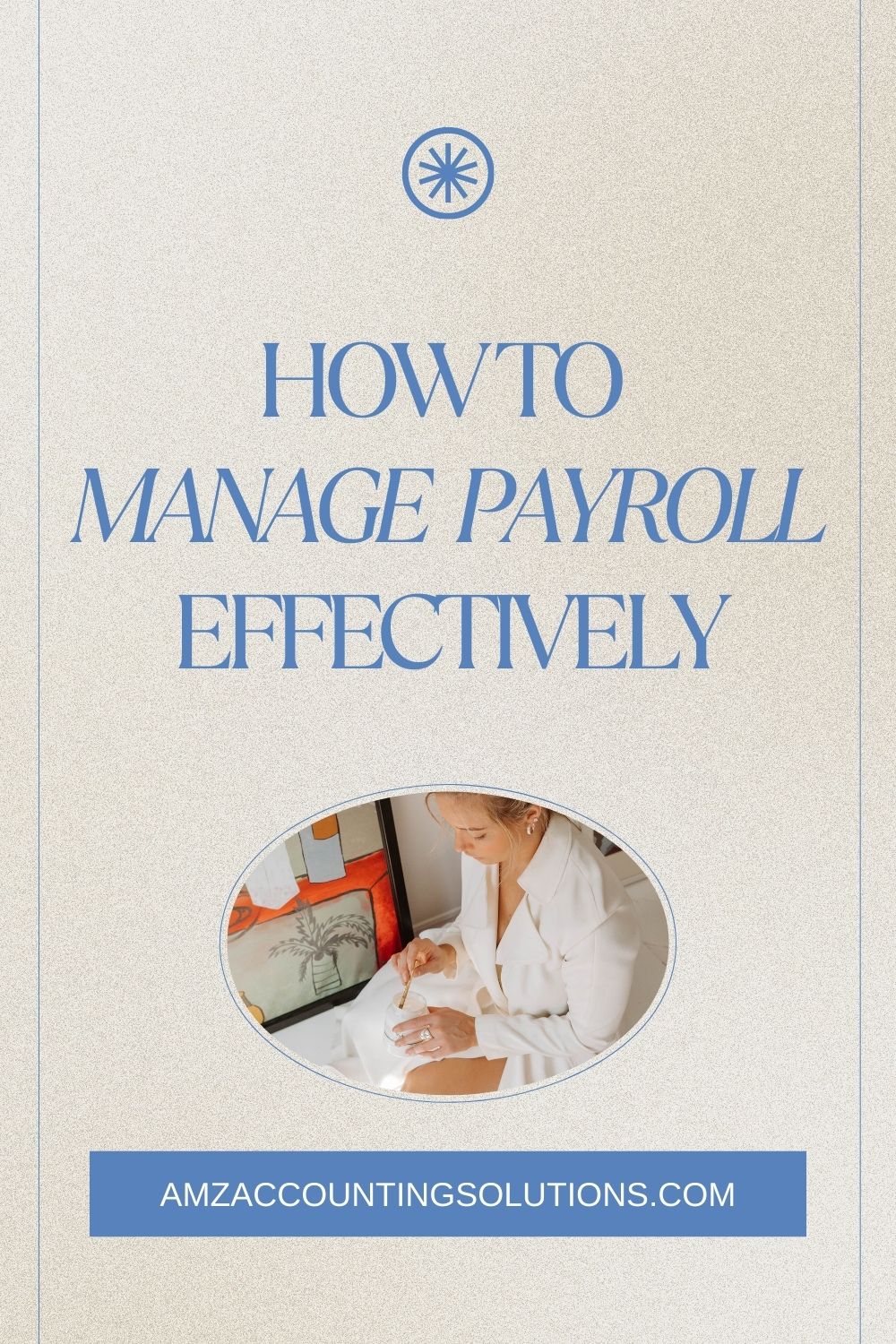Payroll is one of those things that starts out simply enough. You start your business, hire a few employees, and things tick along pretty well. It’s straightforward enough to keep everything in line at first, but what happens to most companies is… they grow!
This is a great thing, but it also means that payroll becomes more complicated. As such an important aspect of your business, it’s important that payroll runs smoothly. Getting paid is, after all, the primary reason that most people come to work.
Here are some tips to manage payroll effectively:
1. Simplify
Payroll is one of those things that can be overly complex, and the importance of simplifying it can’t be overstated. Many companies, especially small and medium-sized ones, have their own quirks about how they manage their payroll. This can make it difficult for somebody else to step in, or for someone new to be trained.
Keep things as simple as possible wherever you can. One way to do this is by switching to direct deposit. This will drastically reduce the amount of work put into issuing and tracking payments.
2. Schedule
At least once per year, and preferably more, it’s important that your payroll professional take some time to create a payroll calendar. This will allow them to highlight any dates that may cause a lag in your employees getting paid.
It will also allow you to plan for any potential shortcomings or other issues that may arise from holiday closures or oddities in the calendar. Making a payroll mistake is a surefire way to lower employee morale, so it’s important to be aware of these dates ahead of time.
Once compiled, distribute the calendar to your managers so that they can communicate the information to their employees. This will keep everyone apprised of any potential delays in getting paid that may come up.
3. Automate
The computer can be your best friend. Finding the right software to help with payroll can automatically take care of simplifying and scheduling, freeing up valuable time for your payroll specialist.
It also eliminates the potential for human error in payroll processing and creates a crystal clear picture of your finances. There are many options available these days that are easy to learn and straightforward to maintain.
4. Brush up
Payroll rules and regulations can change frequently and for any number of reasons. It’s important to stay informed on any changes in your region and proactively plan for them.
A lot of time can go into correcting a payroll error, so know what’s happening ahead of time to avoid this. With more and more employees being hired remotely, it’s also important to be aware of any regulations that may pertain to those that are geographically located in a different area from your business.
5. Get help
There comes a point for all growing businesses where they have to outsource their payroll processing. If this is you, congratulations! It is truly a milestone.
There are many options out there as far as hiring a payroll specialist is concerned, and many of them are available online. Choose the one best suited for you without leaving your desk. This takes the pressure off of you to know all of the nitty-gritty details about payroll processing. By hiring an outside professional, you can be sure that your employees will be paid correctly and on time.
Final thoughts
Payroll is most effectively managed when it’s simple, straightforward, and coordinated. When it starts getting tough to keep it that way, it’s likely a sign that your company has grown and you’re ready for more robust support.










